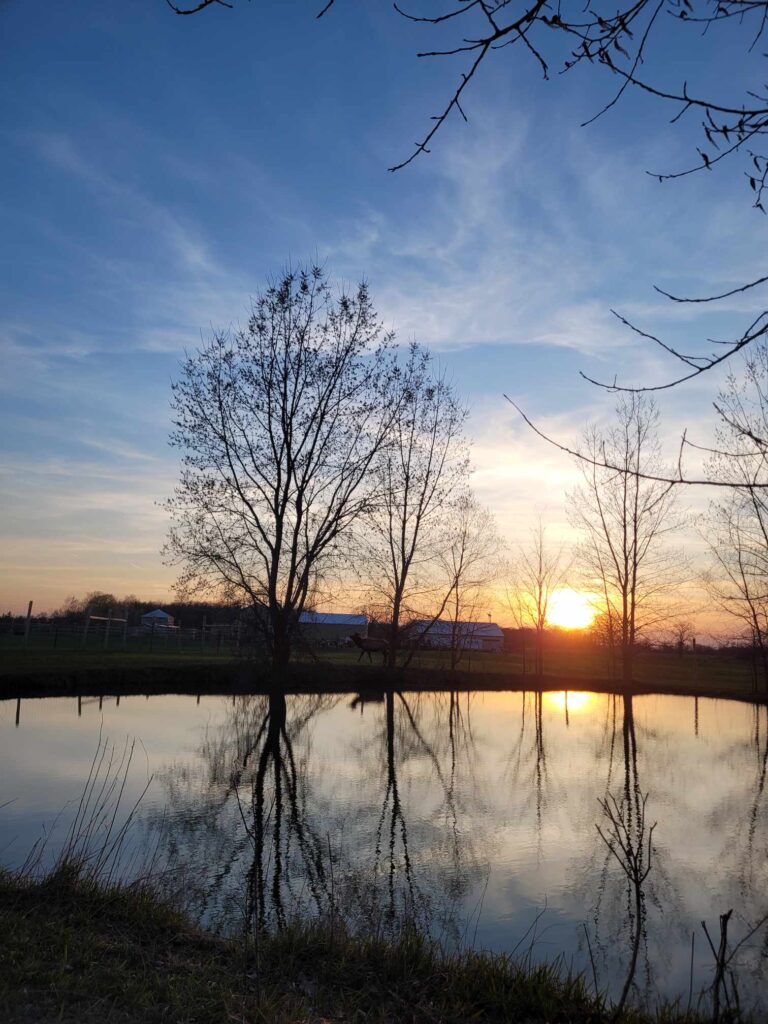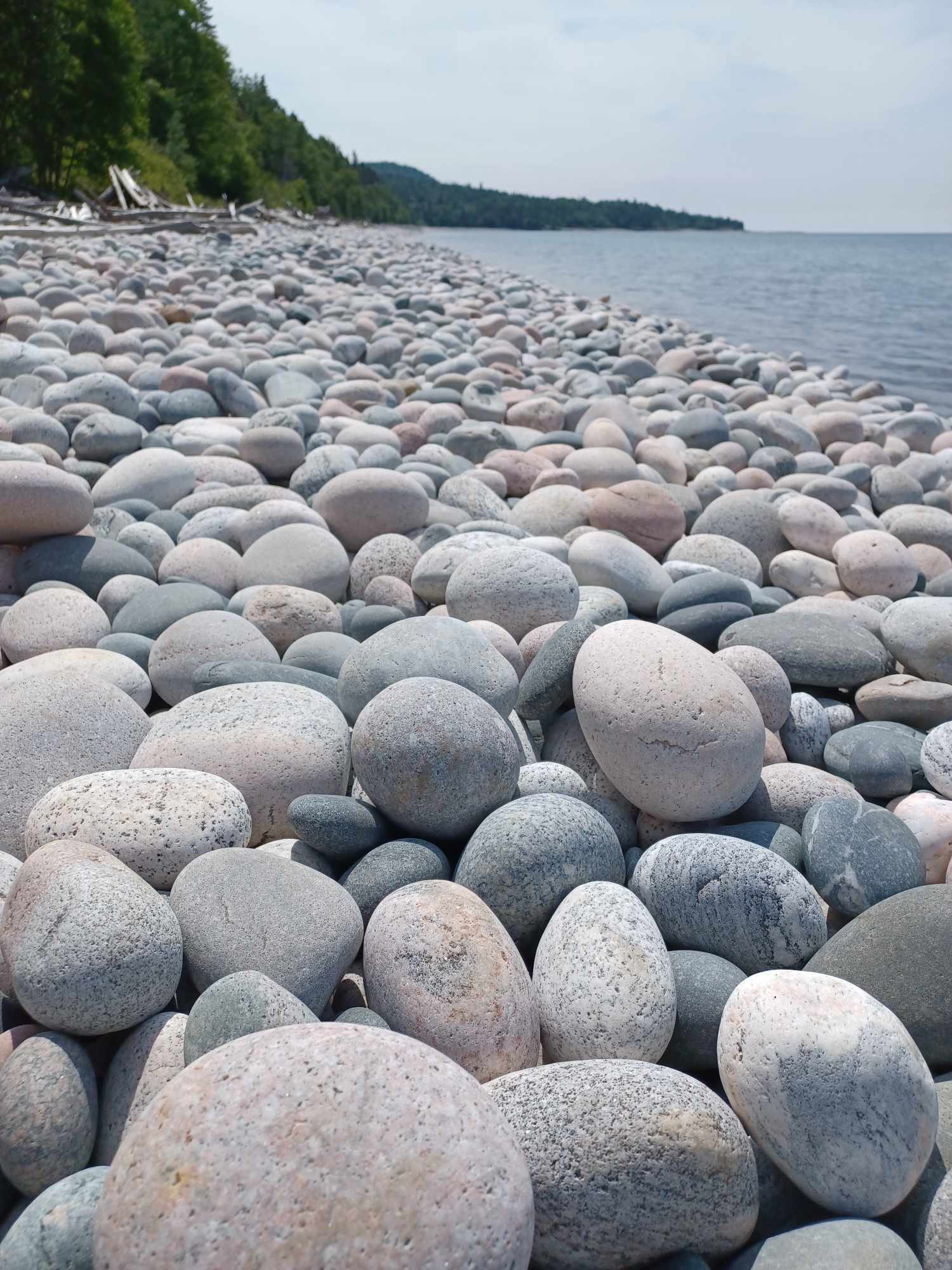Canada’s water trends are shaped by its vast and varied natural water resources, which include lakes, rivers, and coastlines.
Canada holds about 20% of the world’s freshwater supply! While water is plentiful in most areas, certain regions like the Prairies, face seasonal water shortages and drought conditions due to climate variability.
Long-standing boil water advisories in some Indigenous communities highlight concerns over access to clean and safe drinking water.


Canada has various water management strategies, including sustainable use practices and conservation efforts to protect water bodies.
Technological solutions, such as remote monitoring systems and water filtration innovations (like Santevia’s Made In Canada solutions), are helping manage water use and improve water quality.
The Long Range Wireless PTLevel, an iOT liquid monitoring solution, is made in Canada!
Programs encouraging water-efficient practices and smart water grids (like Partners in Project Green in Toronto) are emerging to address urban water demand and conservation.

Ocean Trends
Rising sea levels and coastal erosion are significant concerns for communities along Canada’s Pacific, Atlantic, and Arctic coastlines.
Warming ocean temperatures are affecting marine biodiversity, contributing to changes in fish populations and other sea life.
Some of Canada’s Conservation Initiatives
Canada’s most significant water conservation efforts are focused on protecting its abundant freshwater resources and ecosystems through a variety of programs and strategies including:
Learn more about E.coli in Water Systems



- Contaminated Runoff
- Faulty Septic Systems
- Effects on Human Health
- How to Test for E. coli
- How to Remove E. coli from Water
- Rural and Indigenous Communities
FAQs
Who’s responsible for safe drinking water in Canada?
Safe drinking water responsibilities in Canada are shared by the federal, provincial, territorial, and municipal governments. Provinces and territories are primarily responsible for ensuring water is safe to drink, while municipalities are usually responsible for treatment and distribution. Health Canada develops the Guidelines for Canadian Drinking Water Quality in partnership with the provinces, territories, and other federal departments. These guidelines establish the maximum acceptable concentration of contaminants in drinking water.
How much fresh water does Canada have?
Canada has 7% of the world’s renewable fresh water!
What are some issues with Canada’s water supply?
Canada, like many other countries, is experiencing diminishing groundwater quality, shrinking lake ice, the growth of toxic algae in lakes, and thawing permafrost in Northern Canada. And with the lack of investment in water infrastructure over decades in Indigenous communities, Canada has many pressing water crisis’s to address.
How many lakes are in Canada?
Canada has as many as 2 million lakes; this accounts for 14% of the world’s lakes. (According to the Canadian Encyclopedia)
Technological Advancements in Water
- Monitoring Systems
- Filtration Systems
- Smart Water Management




